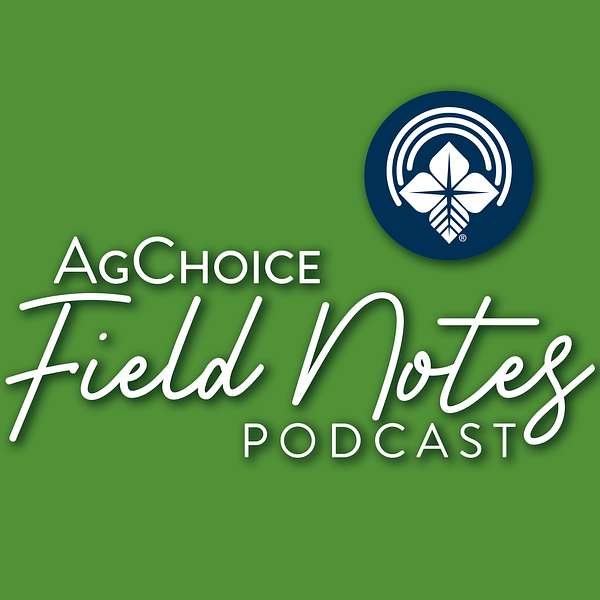
Field Notes by AgChoice
Field Notes by AgChoice
Episode 6 - Farm Contingency Plan Basics with Phil Taylor
Phil Taylor, ag business consultant with AgChoice Farm Credit, discusses farm contingency plans including why they are important and what aspects are included.
Raechel Sattazahn: 0:00
We recently interviewed Phil Taylor with AgChoice
Farm Credit. As an ag business consultant, Phil works with farm families to
develop contingency plans for their operations. In this article he discusses
farm contingency plans including why they are important and what aspects are
included in a plan.
Raechel Sattazahn: 0:21
There's no doubt that the COVID-19
crisis is impacting agriculture. From your perspective,
why is contingency planning important?
Phil Taylor: 7:16
Contingency planning provides a plan of
implementation for what we’re going to do in a specific situation. It is a road
map for business operators to follow, providing the opportunity to think
through the reaction to a future crisis or problem. A contingency plan allows for a clear communication
with employees and family members about what will happen should there be a
crisis and which aspects of the plan they are responsible for carrying out. It’s all about being prepared.
Raechel Sattazahn: 0:00
What are the key aspects of a written contingency plan? What are the key aspects of a written contingency plan?
Phil Taylor: 0:00
The first part of the contingency plan is identifying the situation. What situation are you in? What specific situations require implementation of a contingency plan? For example, if you get a phone call from an
employee who says they can’t come to work because they are sick, you will need
to consider what type of sickness that employee might have. Is it potentially
COVID-19 or some other illness? The answer will determine the situation. Or what if you find out that a delivery driver
for a supplier tested positive? You find out that the delivery driver
interacted with two or three employees on your farm while making a delivery
earlier in the week. That situation would cause a different set of plans. The second part of a plan is to identify the
contacts that you need to alert should a situation arise. Who needs to do
something in a certain situation? This could include family members, employees,
customers and vendors. The third critical aspect of contingency plans is
identifying the actions. What are you going to do about the situation? What
specific actions need to be taken?
Raechel Sattazahn: 0:00
From your
discussions with farm families in putting together contingency plans, what have
been key takeaways for the farm businesses?
Phil Taylor: 0:00
This process helps farm families understand the
potential harm that could come to people or the business, particularly families
with older family members or those who are most susceptible. It encourages
thinking through the specific measures that can be taken to reduce the
potential for people to become infected such as implementing protocols for
cleaning, social distancing and visitor or customer access.
Raechel Sattazahn: 0:00
Are there any other final insights you'd like to share?
Phil Taylor: 0:00
By creating a contingency plan and informing your
family, your employees and their families, your vendors and customers, it shows
that you’ve done some preplanning and it helps instill trust in those people
and that you care for their well-being.